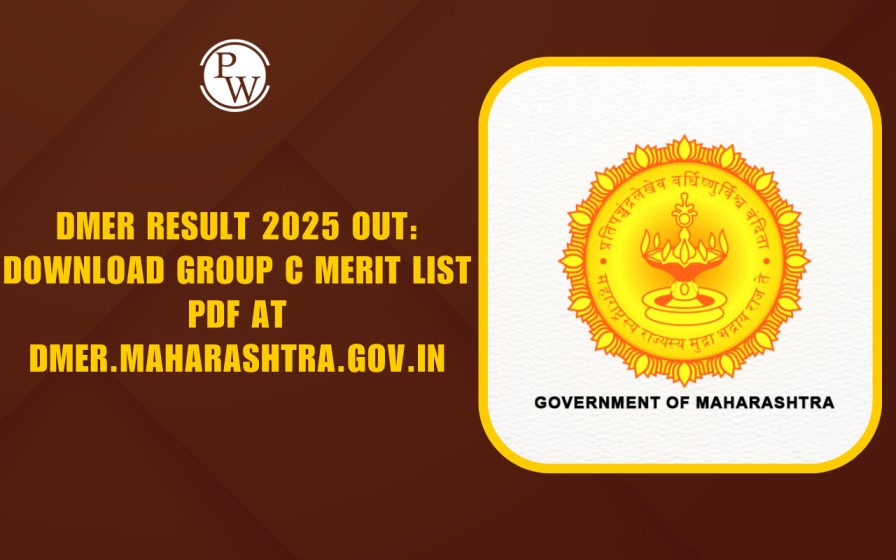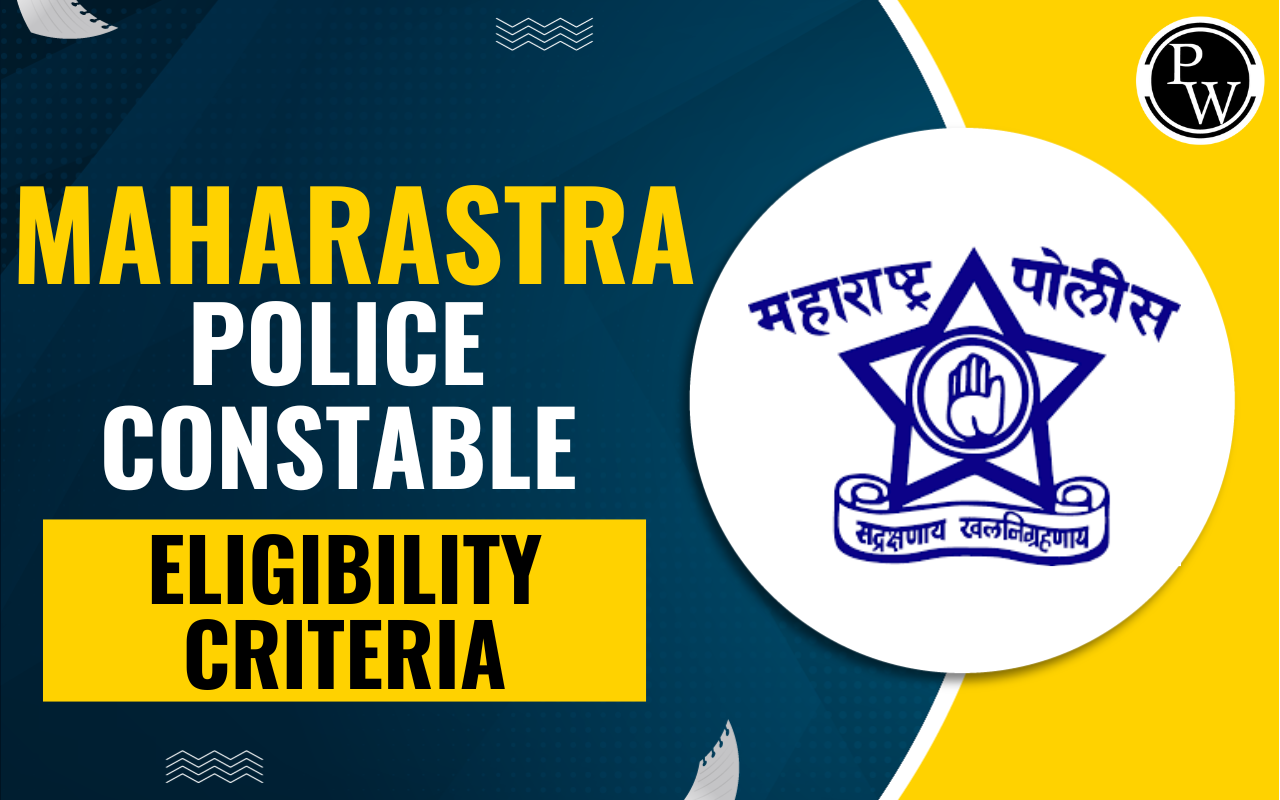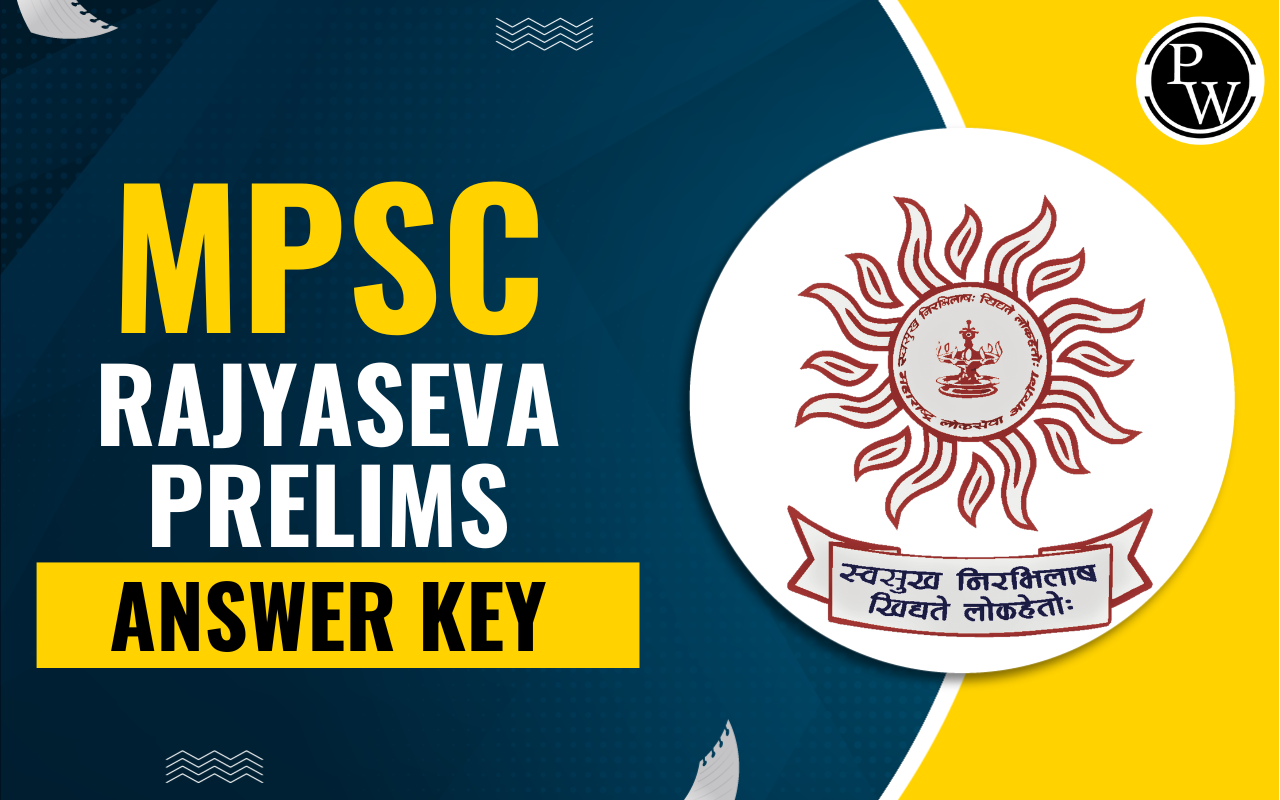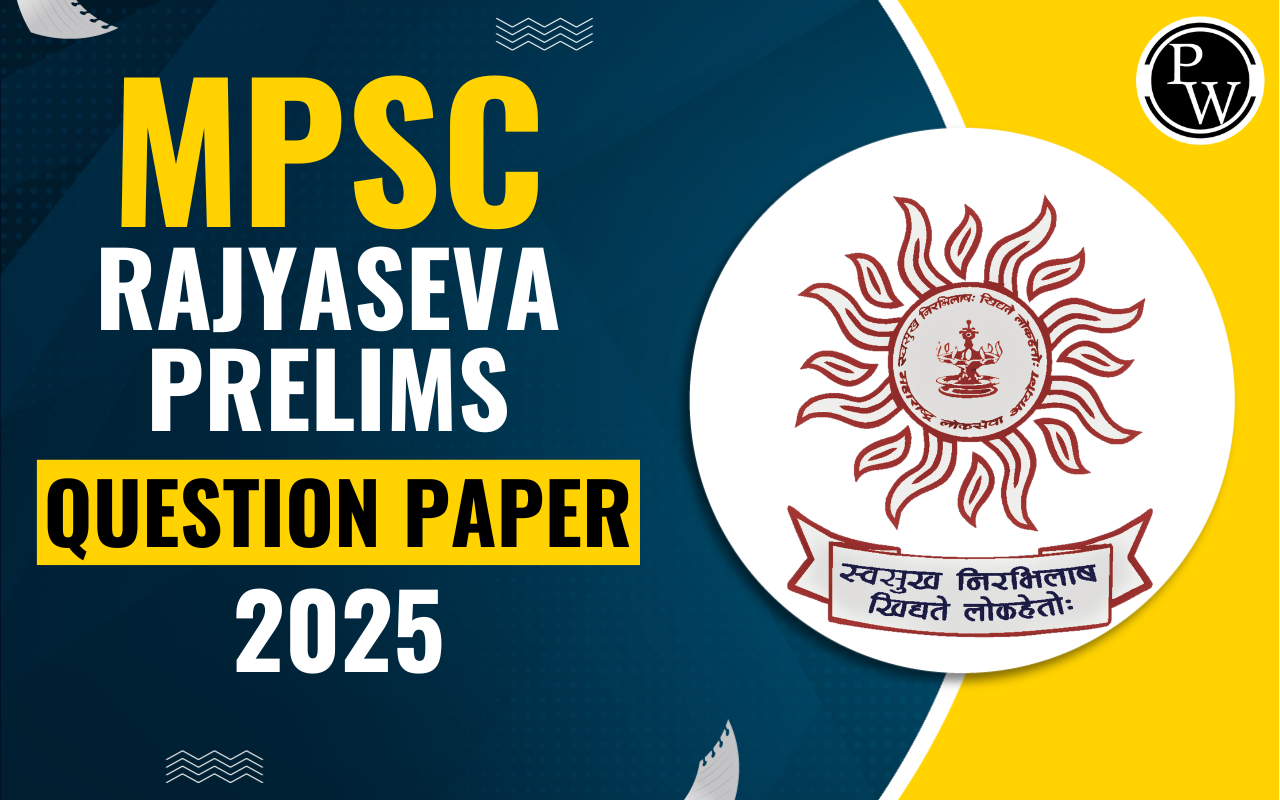
MPSC Geography Syllabus 2024: The Maharashtra Public Service Commission has released the MPSC Geography Syllabus 2024 along with the official MPSC Notification 2024 . The candidates who are going to appear in the examination must go through the details of the MPSC 2024 Geography Syllabus. The candidates must plan their studies with a well-structured preparation strategy.
The Geography syllabus includes two papers, Paper 1 and Paper 2 which the candidates have to appear in. Geography is one of the optional subjects the candidates will get to choose to appear in the main examination. The candidates can go through this article to learn about the Geography syllabus and the paper-wise topics that they need to prepare.MPSC Geography Syllabus 2024
The MPSC Geography Syllabus 2024 has been included in the MPSC Syllabus 2024 and the exam pattern. The candidates appearing in the MPSC 2024 must know the topics and the examination structure before going forward with the preparation. They must create a timetable surrounding their weak points, syllabus, and needs. The candidates need to choose an optional subject to appear in the MPSC Mains 2024 examination, and Geography is a very popular topic that has been scoring topic. The candidates related to the Geography background in their academic life can choose Geography which will make it easy for them to prepare and appear in the examination. The MPSC Prelims Exam 2024 will be conducted on 6th July 2024, the candidates who qualify for this round will be eligible for the mains stage.MPSC Geography Syllabus 2024 Papers
The MPSC Geography Syllabus 2024 includes two papers that the candidates need to appear in the examination. Paper 1 contains topics like physical Geography, human geography, Regional Planning, Models, Theories, and Laws in Human geography. On the other hand, Paper 2 includes the Geography of India, Resources, Industry, Agriculture, Contemporary Issues, Settlements, and Cultural Setting. The topics and sub-topics are discussed further in the article for the reference of the candidates. The candidates must note that they have to choose two optional subject papers for Paper 8 and Paper 9 in the main examination for which they will get 3 hours each to complete the paper. Also Read: MPSC Political Science Syllabus 2024MPSC Geography Syllabus 2024 Paper 1
The candidates can go through the details of the MPSC Geography Syllabus 2024 Paper 1 from the table given below. Paper 1 is divided into a few sections which have been discussed in the table. Paper 1 contains topics like Geography, human geography, Regional Planning, Models, Theories, and Laws in Human geography.| MPSC Geography Syllabus 2024 Paper 1 | |
| Topics | Details |
| Physical Geography | Geomorphology: The origin and evolution of the earth's crust; endogenetic and exogenetic forces; factors governing the creation of landforms; the basics of geomagnetism the inner physical state of the earth; The concepts include geosynclines, continental drift, isostasy, plate tectonics, volcanicity, earthquakes, tsunamis, and recent perspectives on mountain construction concepts related to landscape formation and geomorphic cycles; Chronology of denudation; Channel morphology; Surface erosion; Slope development Geomorphology, environment, and economic geology applied. |
| Climate: Global temperature and pressure zones; Earth's heat budget, atmospheric circulation, and atmospheric stability and volatility. both local and planetary winds; jet streams and monsoons; air masses and front tropical and temperate cyclones; kinds of precipitation and where it falls; climate and weather; Koppen, Thornthwaite, and Trewar Tha's global climate classification; cycle of hydrology; worldwide climate change, as well as how humans contribute to and are affected by it Urban climate and applied climatology. | |
| Oceanography includes the temperature, salinity, heat and salt budgets, ocean sediments, and the bottom topography of the Atlantic, Indian, and Pacific oceans. currents, waves, and tides; biological, mineral, and energy resources; marine resources coral bleaching in coral reefs; variations in sea level; The marine law and pollution in the sea. Biogeography: Soil genesis; soil distribution and classification; Soil profile; conservation, degradation, and erosion of soil; factors affecting the spread of plants and animals around the planet; issues related to conservation efforts and deforestation; Agroforestry and social forestry; wildlife important hubs for the gene pool. | |
| Principles of ecology, human ecological adaptations, and environmental geography human impact on the environment and ecology; ecological imbalances and shifts on a global and regional scale; the preservation and management of ecosystems; environmental deterioration, preservation, and control; ecological diversity and sustainable growth environmental regulations; environmental risks and corrective actions; Environmental legislation and education. | |
| Human Geography | Human Geography Perspectives: Regional Synthesis; Areal Differentiation Dualities and dichotomies; environmentalism; location-based analysis and the quantitative revolution; unconventional, behavioral, humanitarian, and welfare methods; religions, languages, and secularization; global cultural zones; Index of Human Development. Economic geography: measuring and addressing issues related to global economic development global resources and how they are distributed; The energy dilemma; growth constraints; global agriculture: agricultural region typology; productivity and inputs in agriculture; issues with food and nutrition; food security; the origins, impacts, and solutions of hunger; global industries: trends and issues with locations; global trade patterns. |
| Settlement and Population Geography: Causes and effects of migration; World population growth and distribution; Demographic characteristics; notions of ideal, over-, and underpopulation; demographic theories, global population issues and policies, quality of life and social well-being; The populace as social capital. types and trends of rural communities; problems with the environment in rural communities; urban settlement hierarchy; urban form; notion of rank-size rule and primate city; Towns categorized functionally; urban influence sphere; edge between rural and urban areas; satellite cities Urbanization's issues and solutions; sustainable city development. | |
| Regional Planning: Definition of a Region; Regionalization Types and Processes; Growth Centers and Growth Poles; Regional Disproportions; strategies for regional development; environmental concerns in the context of regional planning preparing for long-term growth. | |
| Theories, Models, and Laws of Human Geography system analysis related to human geography Marxian, Malthusian, and models of demographic transition; Christaller and Losch's notions of Central Place; The Boudeville and Perroux; Ostov's model of growth stages; Weber's model of industrial placement; Von Thunen's model of agricultural location. Theories of the heartland and rimland; international borders and boundaries laws. | |
MPSC Geography Syllabus 2024 Paper 2
The candidates can go through the details of the MPSC Geography Syllabus 2024 Paper 2 from the table given below. Paper 2 is divided into a few sections which has been discussed in the table. Paper 2 includes the India, Resources, Industry, Agriculture, Contemporary Issues, Settlements, and Cultural Setting.| MPSC Geography Syllabus 2024 Paper 2 | |
| Topics | Details |
| Physical Setting | India's spatial interaction with its neighbors; relief and structure; drainage systems and watersheds; areas physiographic; Indian monsoon mechanism and rainfall patterns; disturbances in the west and tropical cyclones; both droughts and floods; climate zones; Natural vegetation, types of soil, and whereabouts of each. |
| Resources include energy, minerals, biological and marine resources, land, surface and groundwater, forests, wildlife, and their preservation; The energy problem. Infrastructure for agriculture: power, seeds, fertilizer, and irrigation; land holdings, land tenure, land reforms, cropping patterns, agricultural productivity, agricultural intensity, crop combinations, and land capability are institutional parameters. social- and agroforestry; the ecological and socioeconomic effects of the green revolution; importance of arid farming; Resources for livestock and the White Revolution; aquaculture, agriculture, poultry, and sericulture; Agroclimatic zones; regionalization of agriculture; regions of agro-ecology. | |
| Industry: The development of industries; Cotton, jute, textile, iron and steel, aluminum, fertilizer, paper, chemical and pharmaceutical, automotive, cottage, and agro-based industries' geographical variables; industrial buildings and complexes, including projects in the public sector; Regionalization of industry; New industrial policy; Special Economic Zones; tourism, especially ecotourism; multinational corporations and liberalization. | |
| Road, railroad, river, airway, and pipeline networks, as well as their complementing roles in regional development, are examples of transportation, communication, and trade; ports' increasing significance in both domestic and international trade; balance of trade; Commerce Policy;zones for export processing; advancements in information and communication technology and how they affect society and the economy; Indian space programme. | |
| Cultural Context: Indian society from a historical perspective Religious minorities; diversity in racial, linguistic, and ethnic backgrounds; Chiefdoms, tribal regions, and issues pertaining to them; cultural zones population density, growth, and distribution; Demographic characteristics include the ratio of men to women, the age distribution, the literacy rate, the labor force, the dependency ratio, longevity, and issues related to interregional, interregional, and international migration; issues and policies related to population; signs of health. | |
MPSC Geography Exam Pattern 2024
The MPSC Geography Exam Pattern 2024 is available for candidates to review in the table below. The examination format comprises the number of questions, length of the test, requirements, paper type, and media.| MPSC Geography Exam Pattern 2024 | ||||||
| Paper No. and Subject Code | Subject | Marks | Standard | Medium | Period | Qualifying/ Mandatory |
| Paper 1 (Code-1001) | Marathi | 300 | Matriculation | Marathi | 3 hours | (Qualifying with 25% marks) |
| Paper 2 (Code -1002) | English | 300 | Matriculation | English | 3 hours | |
|
Papers to be Counted for Merit |
||||||
| Paper 3 (Code 1003) | Essay | 250 | Graduate | Marathi/English | 3 hours | Mandatory |
| Paper 4 (Code - 1004) | General Studies -1 | 250 | Graduate | Marathi/English | 3 hours | |
| Paper 5 (Code - 1005) | General Studies -2 | 250 | Graduate | Marathi/English | 3 hours | |
| Paper 6 (Code - 1006) | General Studies -3 | 250 | Graduate | Marathi/English | 3 hours | |
| Paper 7 (Code - 1007) | General Studies -4 | 250 | Graduate | Marathi/English | 3 hours | |
| Paper 8 | Optional Subject Paper No.- 1 | 250 | Graduate | Marathi/English | 3 hours | |
| Paper 9 | Optional Subject Paper No. -2 | 250 | Graduate | Marathi/English | 3 hours | |
MPSC Geography Syllabus 2024 Preparation Tips
The MPSC Geography Syllabus 2024 Preparation Tips have been mentioned below for the reference of the candidates. The candidates can include these tips in their preparation strategy to implement effective planning.- The candidates are required to select an elective that they are knowledgeable in and in which they may earn the highest grade.
- To study in a method that will help you reach your goals, make a plan and mark your daily, weekly, and monthly objectives.
- Additionally, be sure to show up for enough practice exams so that you are ready for the primary and final exams. The best method for assessing a candidate's anticipated performance in the main exam is through mock exams.
| Related Links for the MPSC Exam 2024 | |
| MPSC Notification | MPSC Salary |
| MPSC Result | MPSC Syllabus |
| MPSC Answer Key | MPSC Eligibility Criteria |
| MPSC Admit Card | MPSC Apply Online |
| MPSC Previous Year Question Paper | MPSC Selection Process |
| MPSC Cut Off | |
Partition of Bengal FAQs
Q1. How to prepare Geography for MPSC?
Ans. For MPSC Geography preparation, it is important to refer to standard textbooks. Some of the recommended textbooks are Indian Geography by Khullar, Physical Geography by Savindra Singh, and Economic and Social Geography of India by R.L. Singh.
Q2. How many optional subjects are available for the MPSC Mains exam?
Ans. The candidates can choose any one optional subject from a wide variety of subjects which is mentioned in the official notification by the MPSC.
Q3. What is the total number of marks for the MPSC Mains Exam?
Ans. The total mark for the MPSC Mains Exam is 1750.
🔥 Trending Blogs
Talk to a counsellorHave doubts? Our support team will be happy to assist you!

Check out these Related Articles
Free Learning Resources
PW Books
Notes (Class 10-12)
PW Study Materials
Notes (Class 6-9)
Ncert Solutions
Govt Exams
Class 6th to 12th Online Courses
Govt Job Exams Courses
UPSC Coaching
Defence Exam Coaching
Gate Exam Coaching
Other Exams
Know about Physics Wallah
Physics Wallah is an Indian edtech platform that provides accessible & comprehensive learning experiences to students from Class 6th to postgraduate level. We also provide extensive NCERT solutions, sample paper, NEET, JEE Mains, BITSAT previous year papers & more such resources to students. Physics Wallah also caters to over 3.5 million registered students and over 78 lakh+ Youtube subscribers with 4.8 rating on its app.
We Stand Out because
We provide students with intensive courses with India’s qualified & experienced faculties & mentors. PW strives to make the learning experience comprehensive and accessible for students of all sections of society. We believe in empowering every single student who couldn't dream of a good career in engineering and medical field earlier.
Our Key Focus Areas
Physics Wallah's main focus is to make the learning experience as economical as possible for all students. With our affordable courses like Lakshya, Udaan and Arjuna and many others, we have been able to provide a platform for lakhs of aspirants. From providing Chemistry, Maths, Physics formula to giving e-books of eminent authors like RD Sharma, RS Aggarwal and Lakhmir Singh, PW focuses on every single student's need for preparation.
What Makes Us Different
Physics Wallah strives to develop a comprehensive pedagogical structure for students, where they get a state-of-the-art learning experience with study material and resources. Apart from catering students preparing for JEE Mains and NEET, PW also provides study material for each state board like Uttar Pradesh, Bihar, and others
Copyright © 2025 Physicswallah Limited All rights reserved.
Get App









